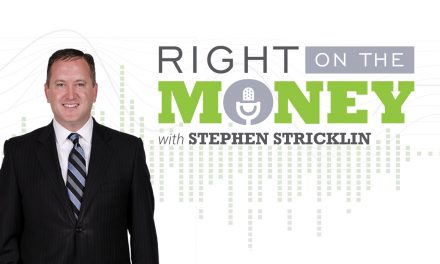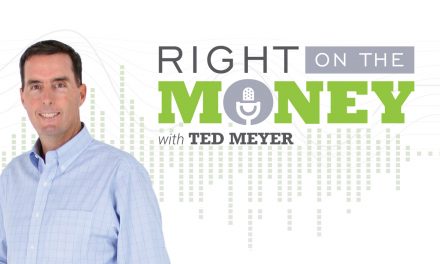Slow and steady often wins a successful retirement race
No one can replace lost time, and there’s no better time than today to start saving for tomorrow. Disciplined savers can succeed by implementing proven principles through three financial stages. Watch the video interview with retirement specialist David Zofness.
It’s open to discussion, but three cultural icons may have been visionaries of the “get rich slow” financial strategy:
• Mick Jagger, barely 21 in 1964, and The Rolling Stones sang, “Time Is On My Side”
• In 1668, “The Tortoise and the Hare” was published as one of Aesop’s Fables
• Albert Einstein is often credited with citing compound interest as either the eighth wonder of the world, or, the world’s greatest invention.
No matter the interpretation, the math confirms these lessons. Easily accessible online calculators demonstrate that $200 saved monthly for 35 years – an $84,000 investment – will yield $284,000 (330% of principal) when 6% average interest is paid quarterly.
The key to success is learning the savings habit as early as possible and practicing it consistently, by pay period or by month. Value comes over time, say 20 – 30 or more years, with not only the dedication to save, but the due diligence to find vehicles that regularly outperform widely accepted indices. Experts suggest that investors connect with advisers who practice what they preach, and have the patience to withstand market volatility.
Three lenses with which to view savings and wealth management are:
• The short-term: an immediate five-year period of need when funds should not be put at risk, and no fees should be incurred for preservation. Banks and money market funds are ideal destinations, although they credited very little in today’s environment.
• The mid-term: from 5 – 20 years out, perhaps to include children’s education funds, where investments are proportionately aggressive and carry minimal fees.
• The long-term: 25 – 35 years out, when there’s time to recover from setbacks, and an investment mix consistent with risk tolerance is implemented. The latter years, in one’s 50s or near 60, is the time to consider staging the accumulation for preservation or distribution.
While the media are fraught with noise about “getting rich quick,” many investors have found success around the sage advice and discipline of “getting rich slow.”
• Get rich slow
• Learn how to save first and invest later
• Saving is new
• 60% of Americans have no emergency fund
• Pay yourself first, with time on your side, then learn risk and diversification
• Ask an adviser if he pays himself first
• Value/long-term investing requires up-front and due diligence
• Value is long-term 30+ years, not fast or quick; opposite of market timing
• Good habits and conviction to wait through market turbulence
• Short-term is up to 5 years and a liquidity issue – no fees, go to bank
• Mid-term is 5 – 20 years to include college savings, proportionately aggressive, no fees.
• Long-term is 20+ years for retirement and to make changes at 55 or so depending on goals to conserve or keep growing. Risk of decline, and no time to recover
• Look for mutual that outperform indices long-term and rolling periods, 5 and 10-year
• Consistency of savings over time works; habits don’t impact lifestyles; time of side
• $200/month for 35 years = $1M at a reasonable rate of return.
Syndicated financial columnist Steve Savant interviews top retirement specialists in their field of expertise. This segment features Chartered Financial Consultant David Zofness. Right i n the Money is a financial talk show distributed in daily video press releases to over 280 media outlets and social networks.





